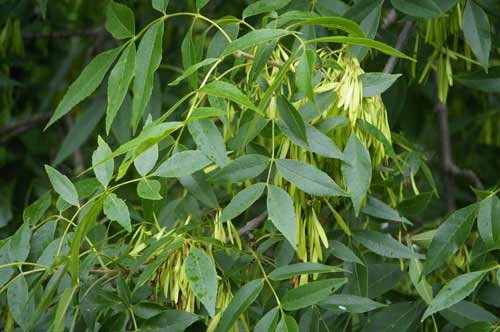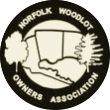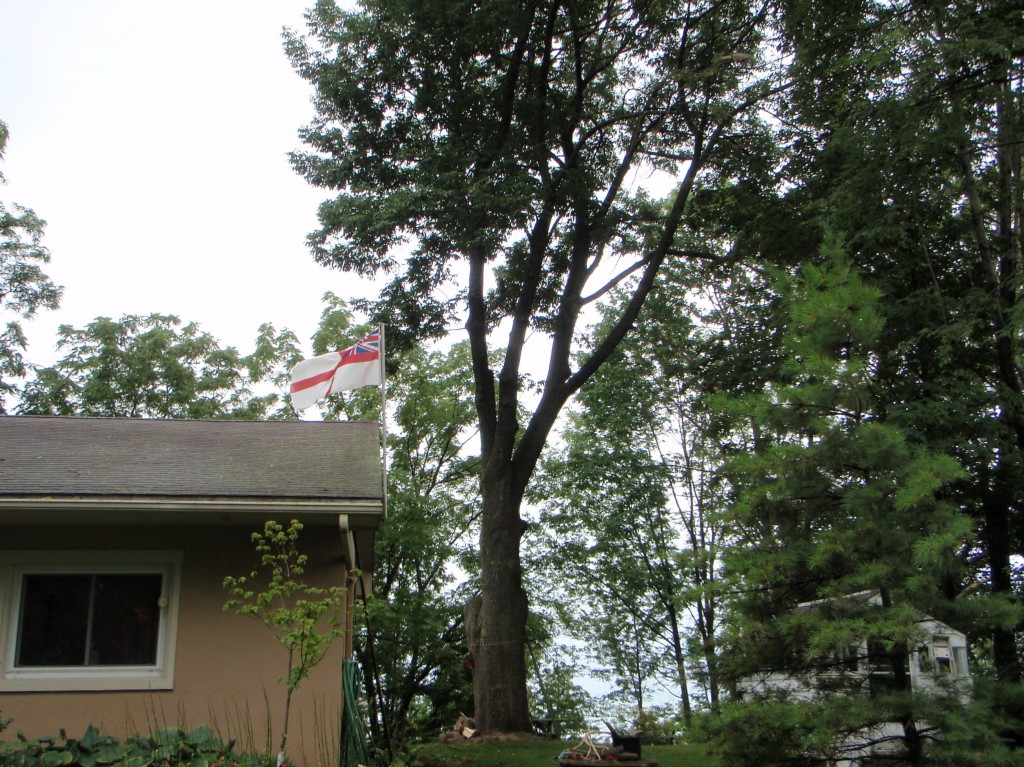Fraxinus americana
Description The White Ash is the most common and useful native ash but it is never a dominant species in the forest. It can be found from Cape Breton Island, Nova Scotia, to northern Florida in the east and to eastern Minnesota south to eastern Texas in the United States. It grows best on rich, moist, well-drained soils and can grow as tall as 30 m. Associated forest cover may include: red maple, white pine, eastern hemlock, yellow birch, beech, sugar maple, basswood, black cherry, oaks, sassafras, and American elm. The bark is light grey and distinguished by intersecting ridges that form a diamond pattern. Its winged seeds provide food for many species of wildlife including wood duck, purple finches, and squirrels. One of the earliest reported uses of white ash was as a snake bite preventative where ash leaves were carried in a hunter’s pocket or boots and said to be offensive to rattlesnakes, thereby providing protection from them. The wood of white ash is tough, strong, and highly resistant to shock, it is particularly sought for handles, oars, and baseball bats. This tree is currently under threat by the Emerald Ash Borer , of which it is a host species. (Source: Silvics of North America) White Ash leaves and seeds
Nominator: Joanne Easton
Height: 26.2 m (90 ft)
Diameter: 114.87 cm (45.2 in)
Circumference: 360.7 cm (142 in)


